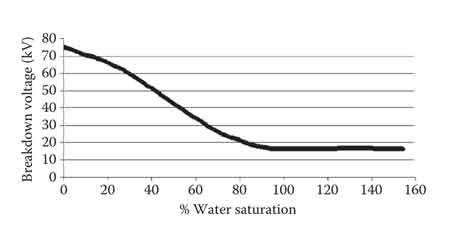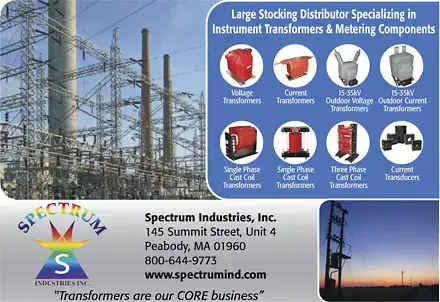Voltage Transformer
By R.W. Hurst, Editor
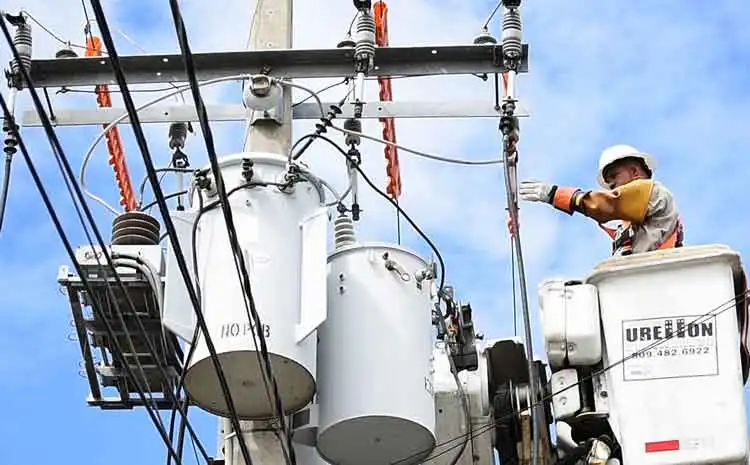
Power Transformer Maintenance Training
Our customized live online or in‑person group training can be delivered to your staff at your location.
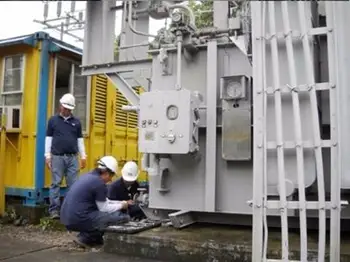
- Live Online
- 12 hours Instructor-led
- Group Training Available
Download Our NFPA 70E Fact Sheet – 2024 Electrical Safety Edition
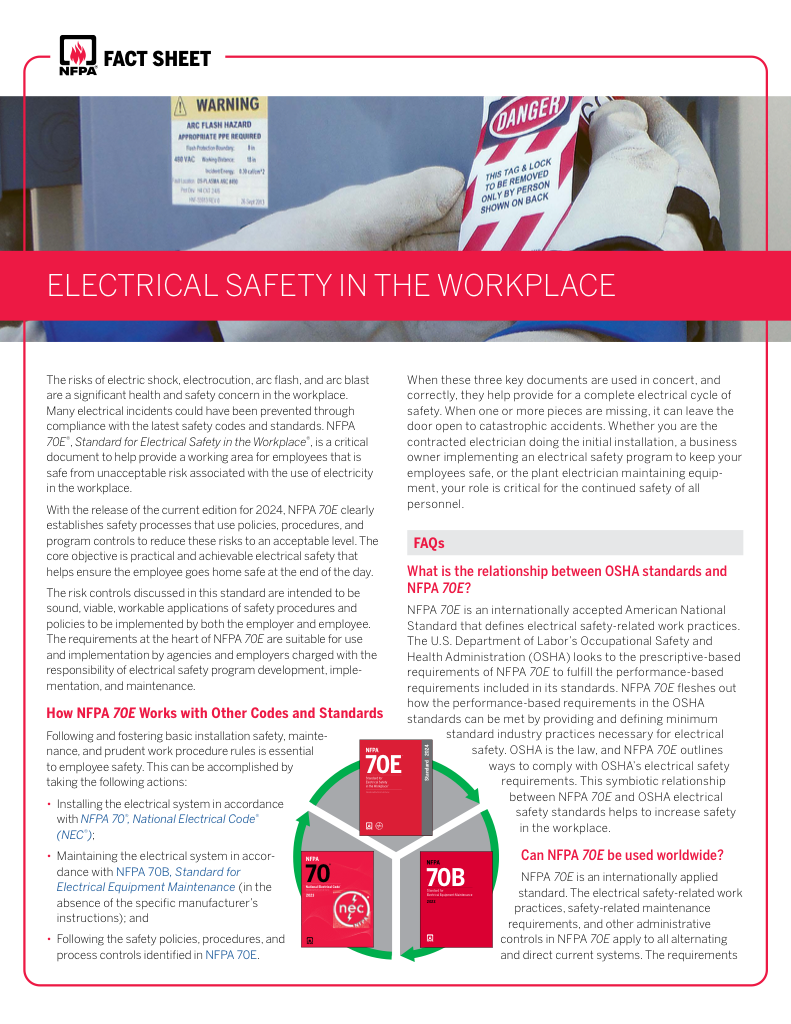
- Understand how NFPA 70E works with NEC and NFPA 70B standards
- Clarify the shared responsibility between employers and employees
- Learn how NFPA 70E supports OSHA compliance
A voltage transformer converts high or low voltage (V) levels to standardized values for accurate metering and protection in power systems. It ensures electrical isolation, improves measurement precision, and supports the safe operation of equipment in industrial, utility, and commercial applications.
What is a Voltage Transformer?
A voltage transformer is an electrical device that converts HV from a power source into a proportionally lower secondary voltage.
✅ Converts high or LV to measurable, standardized levels.
✅ Enhances metering accuracy and electrical system protection.
✅ Provides electrical isolation for safe operation of power equipment.
It operates on the principle of electromagnetic induction, where the input V is applied to the primary winding and the output voltage is induced in the secondary winding. The ratio of primary to secondary turns determines the V transformation ratio.
Electrical Transformer Maintenance Training
Substation Maintenance Training
Request a Free Training Quotation
How Does a Voltage Transformer Work?
A voltage transformer (VT) operates on the principle of electromagnetic induction, where an alternating current (AC) in the primary winding induces a proportional V in the secondary winding. The primary winding is connected to the HV circuit, while the secondary winding delivers a scaled-down, safe V for metering, monitoring, or protection.
When an input V is applied to the primary winding, it generates a magnetic flux in the transformer core. This magnetic field links the secondary winding, creating an output V determined by the turns ratio between the primary and secondary windings. For example, a transformer with a 600:120 turns ratio will reduce 600 volts on the primary side to 120 volts on the secondary side.
This process ensures that HV measurements can be taken without exposing equipment or operators to dangerous voltages, maintaining both accuracy and safety in power systems.
Electricity Today T&D Magazine Subscribe for FREE

- Timely insights from industry experts
- Practical solutions T&D engineers
- Free access to every issue
Types of Voltage Transformers
Voltage transformers (VTs) are a critical category of instrument transformers, designed to scale HVs down to standardized, safe levels for metering and protection. They are closely related to step-down transformers but are specifically engineered for precision in HV measurement and the operation of metering transformers and protective devices.
The three primary types of voltage transformers are:
Electromagnetic Voltage Transformers (EMVTs)
These are the most common type of VT, using a laminated magnetic core with primary and secondary windings to transfer energy through electromagnetic induction. EMVTs are often used in MV systems for metering and protection applications.
Capacitive Voltage Transformers (CVTs)
CVTs use a series of capacitors combined with an inductive element to step down transmission line voltage, particularly in systems operating above 100 kV. They are widely deployed in substations and are commonly paired with protective relays for HV monitoring and fault detection.
Optical Voltage Transformers (OVTs)
Optical VTs use fiber-optic sensing and the Faraday effect to measure voltage. Unlike traditional designs, they have no windings or magnetic cores, making them immune to electromagnetic interference. OVTs are ideal for modern digital substations and advanced grid applications.
By understanding the differences between these types, engineers can select the best transformer for applications ranging from revenue metering to protective relay operation in substation equipment.
Comparison of Voltage Transformer Types
| Feature | Electromagnetic VT (EMVT) | Capacitive VT (CVT) | Optical VT (OVT) |
|---|---|---|---|
| Technology | Magnetic core with windings | Capacitor voltage divider with inductive elements | Fiber-optic sensing using the Faraday effect |
| Voltage Range | Low to MV (up to ~69 kV) | HV (≥100 kV, often in transmission) | Wide range, including ultra-HV |
| Applications | Metering, protection, and industrial systems | HV transmission, line communication | Digital substations, smart grid applications |
| Accuracy | High accuracy for metering and protection | Good accuracy but may require compensation | Very high accuracy, minimal interference |
| EMI Immunity | Moderate | Low | Excellent (immune to electromagnetic interference) |
| Cost and Complexity | Moderate cost, simple design | Higher cost, more complex | Higher cost but advanced features |
Performance Parameters and Industry Standards
Voltage transformers (VTs), also known as potential transformers (PTs), must meet strict performance criteria to ensure accurate HV measurement and safe operation of substation equipment. As a type of instrument transformer, their performance is evaluated based on the following parameters:
Voltage Ratio
The voltage ratio is determined by the number of turns in the primary winding compared to the secondary winding. This ratio defines the scaled output V, ensuring that high voltages can be accurately represented at safe, measurable levels for metering transformers and protective relays.
Ratio Error
Ratio error occurs when the actual output V differs slightly from the theoretical V dictated by the turns ratio. Minimizing ratio error is essential for precise energy metering and billing.
Phase Angle Error
The phase angle error represents the angular difference between the primary and secondary V. Low phase errors are critical in protective relay applications, where accurate phase relationships affect fault detection and system protection.
Insulation Resistance
High insulation resistance is required to prevent leakage currents and ensure safety when handling transmission line V. Proper insulation materials help maintain long-term reliability and operational safety.
Industry Standards
Voltage transformers are designed according to international standards such as IEC 60044 and IEEE C57, which define performance classes, accuracy requirements, thermal ratings, and test methods for step-down transformers and metering transformers used in power systems.
Applications in HV Measurement and Substation Equipment
Voltage transformers (VTs) are indispensable in power systems where HV measurement and control are required. By converting transmission line V into standardized LV signals, VTs allow safe connection to meters, monitoring devices, and protective relays. These LV replicas of the primary circuit enable precise monitoring and protection without directly exposing sensitive instruments to dangerous voltage levels.
Key Applications Include:
-
Metering Transformers: Providing accurate V readings for energy billing and power quality analysis.
-
Protective Relays: Supplying accurate V inputs to relays that detect faults, overloads, or abnormal conditions in the power grid.
-
Substation Equipment: Monitoring and managing HV busbars, feeders, and switchgear in substations.
-
Transmission Line Monitoring: Ensuring safe operation and early detection of anomalies across HV transmission networks.
-
Step-Down Measurement: Working alongside step-down transformers to scale V for control systems and automation.
By performing these functions, voltage transformers play a central role in maintaining grid stability, supporting energy efficiency, and protecting valuable power infrastructure.
Sign Up for Electricity Forum’s Utility Transformers Newsletter
Stay informed with our FREE Utility Transformers Newsletter — get the latest news, breakthrough technologies, and expert insights, delivered straight to your inbox.
Safety Precautions When Handling Voltage Transformers
Working with voltage transformers involves HV and requires strict safety measures:
-
De-energize: Always de-energize and ground circuits before maintenance.
-
Qualified Personnel: Only trained technicians should install or service VTs.
-
PPE: Use insulating gloves, arc-rated gear, and safety goggles.
-
Grounding: Ensure proper grounding to prevent electrical shocks.
-
Regular Inspections: Inspect insulation, connections, and oil (if applicable) for signs of degradation.
A voltage transformer is vital for converting V levels in electrical systems, ensuring safe and accurate measurement and monitoring of HV lines. You can effectively utilize voltage transformers in various applications by understanding their purpose, how they work, the different types available, and key selection considerations. Always follow safety precautions to ensure safe and efficient operation. Whether for metering, protection, or V conversion, voltage transformers play a critical role in maintaining the reliability and safety of power systems.
Related Articles






